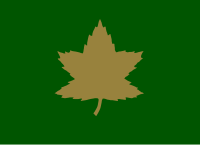- Reaction score
- 11,242
- Points
- 1,260
@Kirkhill the 11th isn’t fully filled out yet.
It’s still missing an Inf Bde.
The 82nd is a better example of an Airborne Div.
- this is a 2021 chart, I have not found a more updated one.
Nothing says a Division needs three brigades. 11 Abn Div isn't the only US Div with 2x Bdes.



